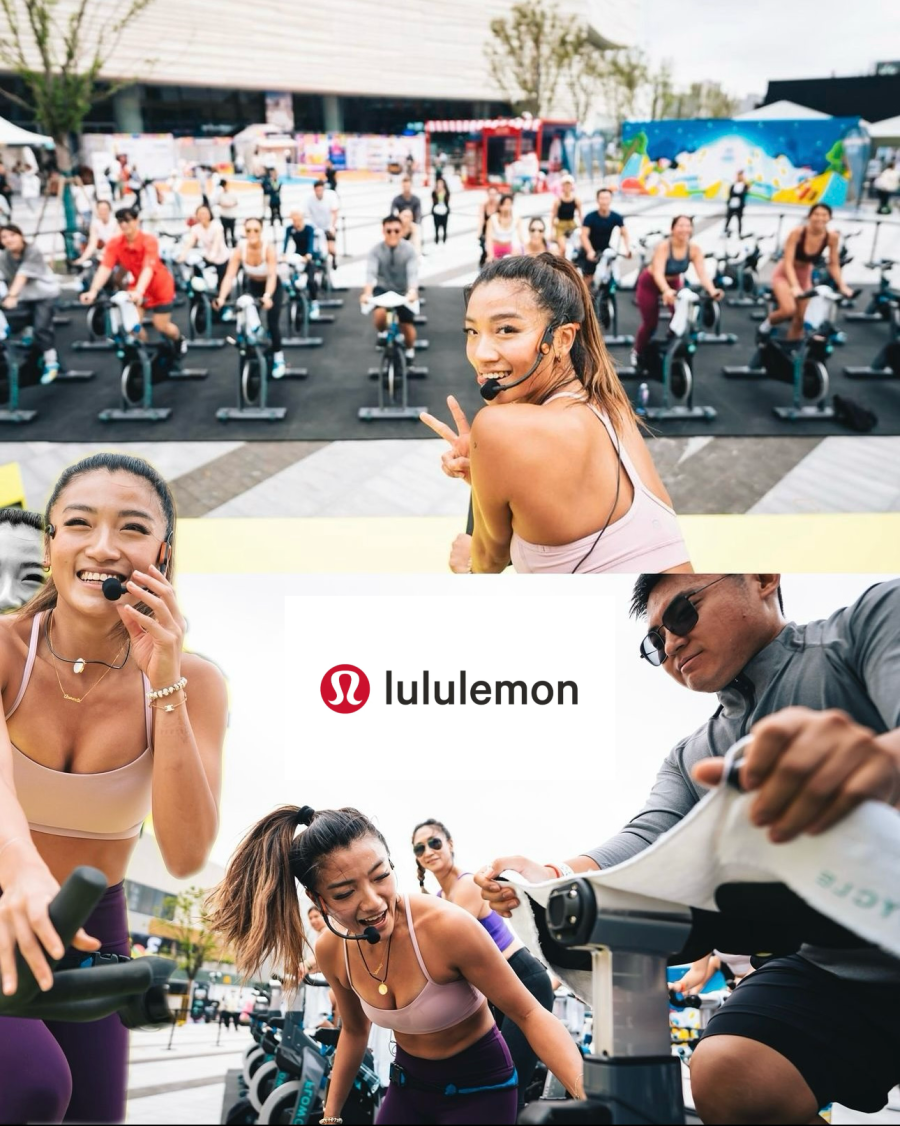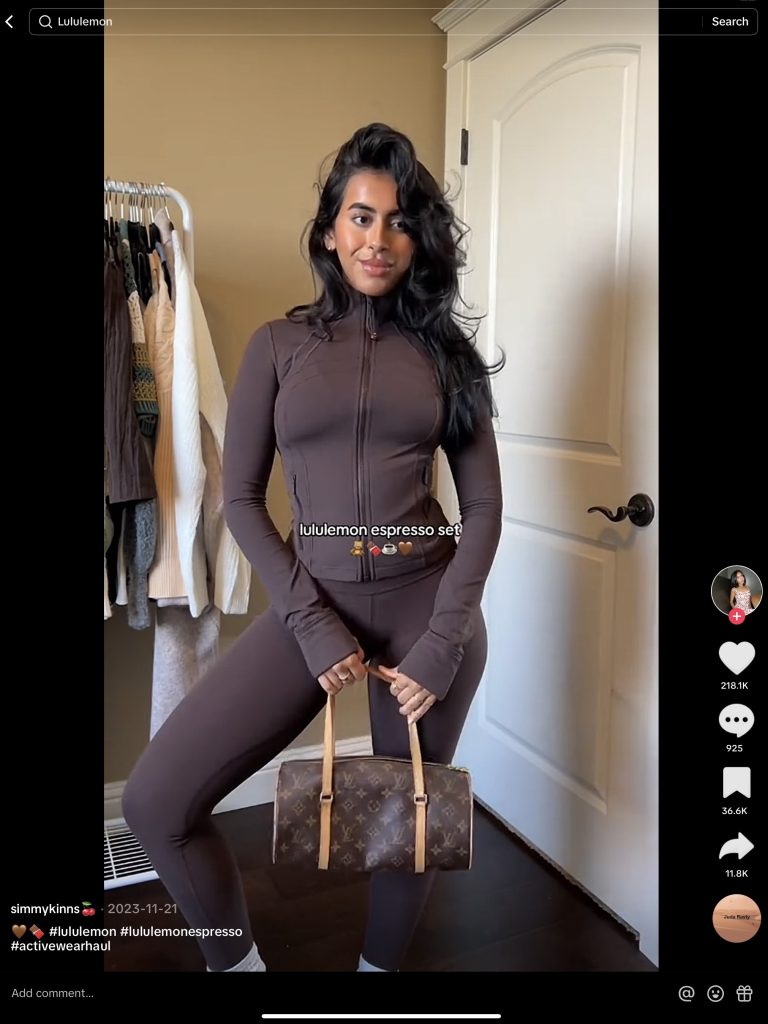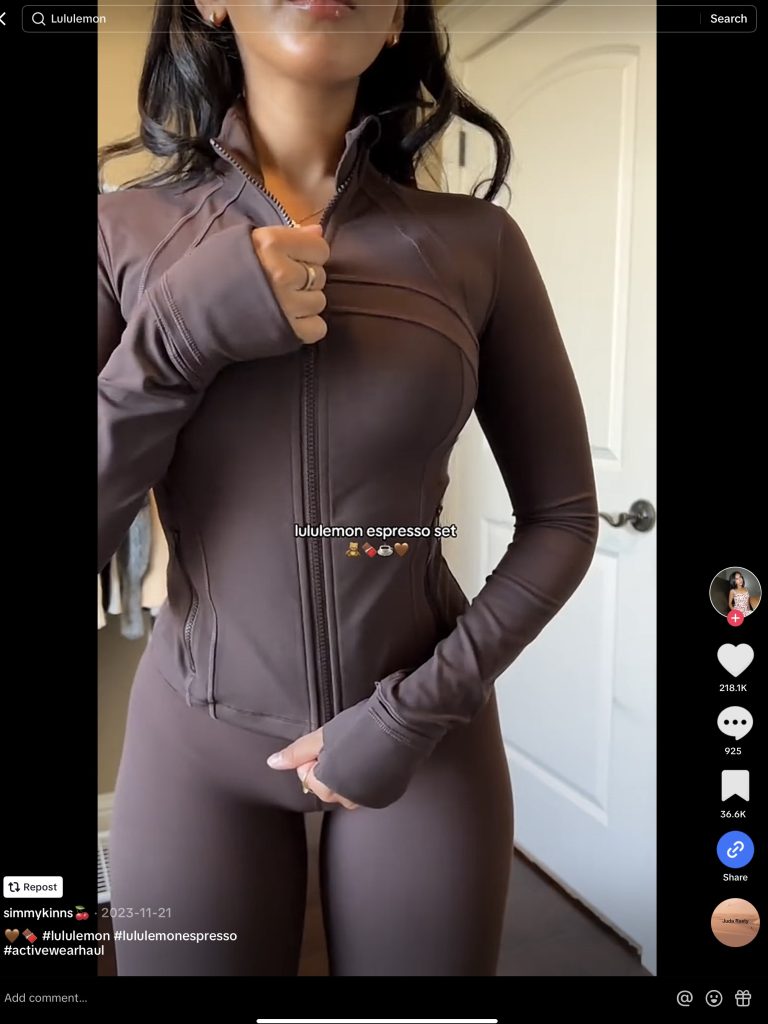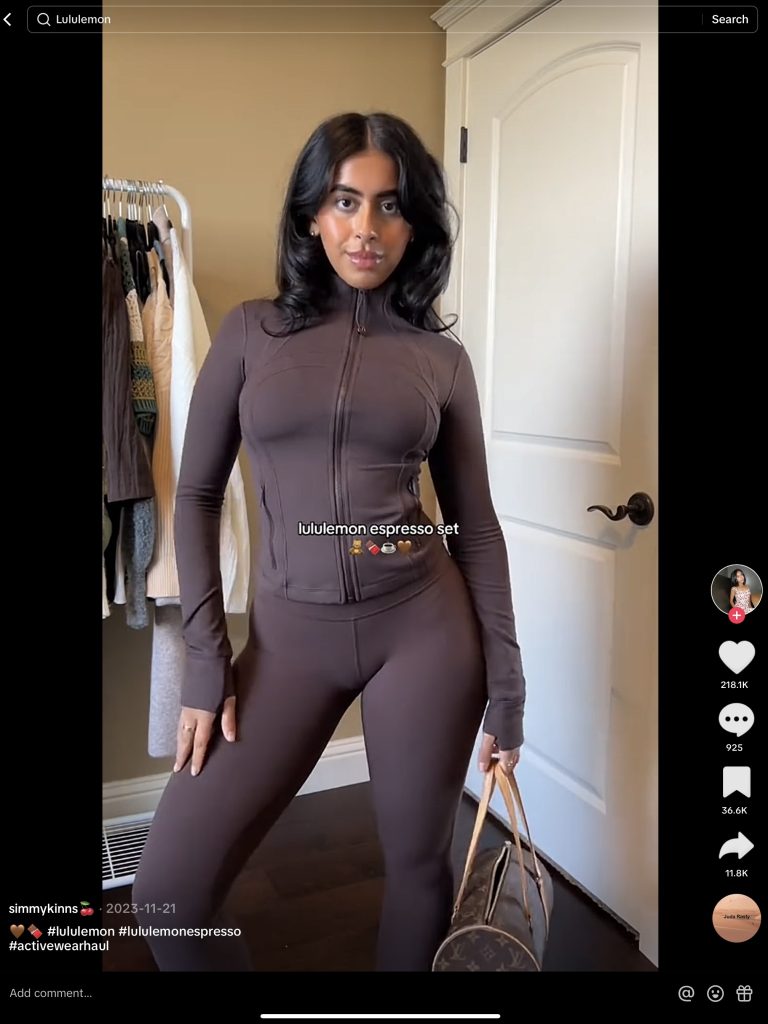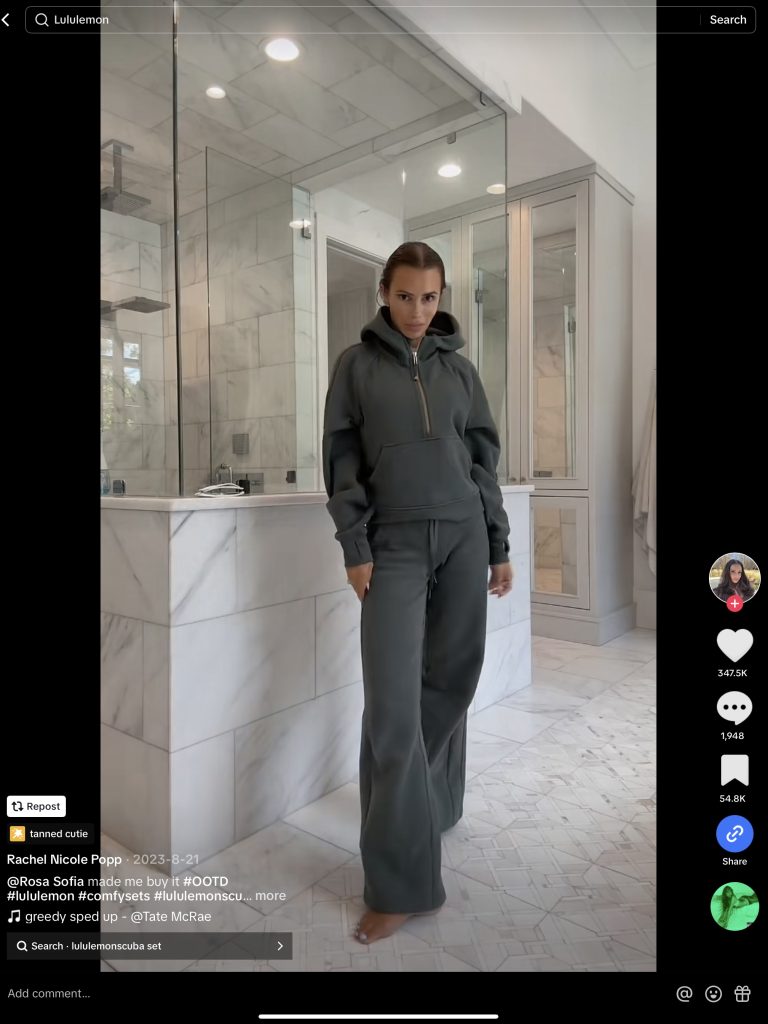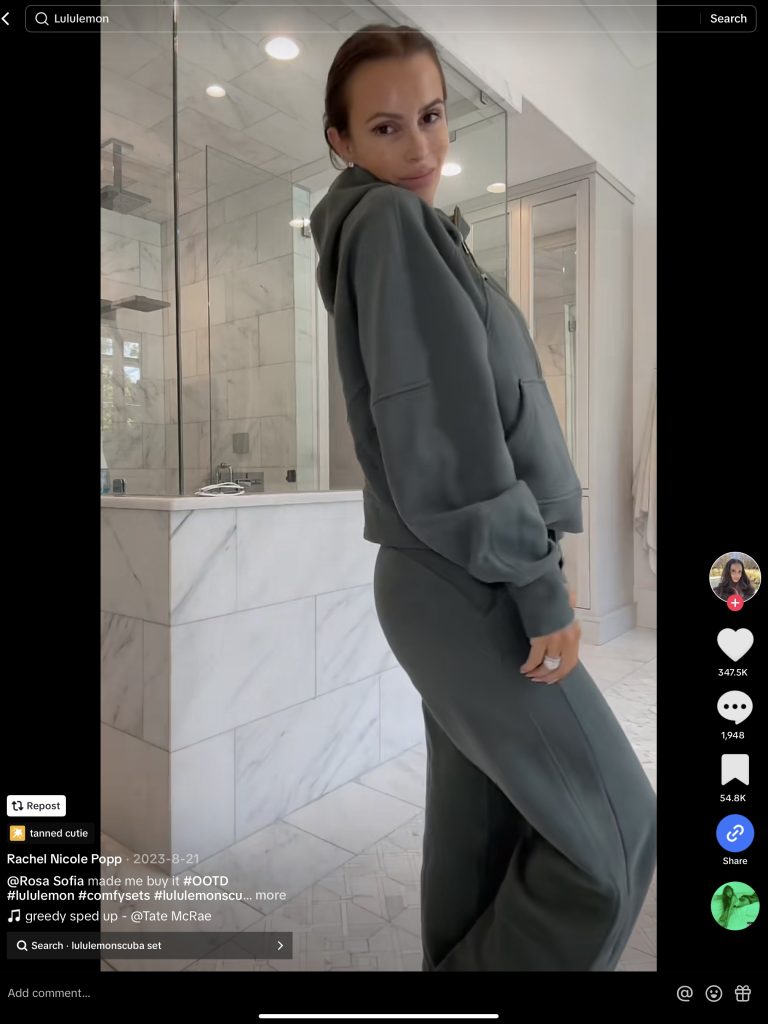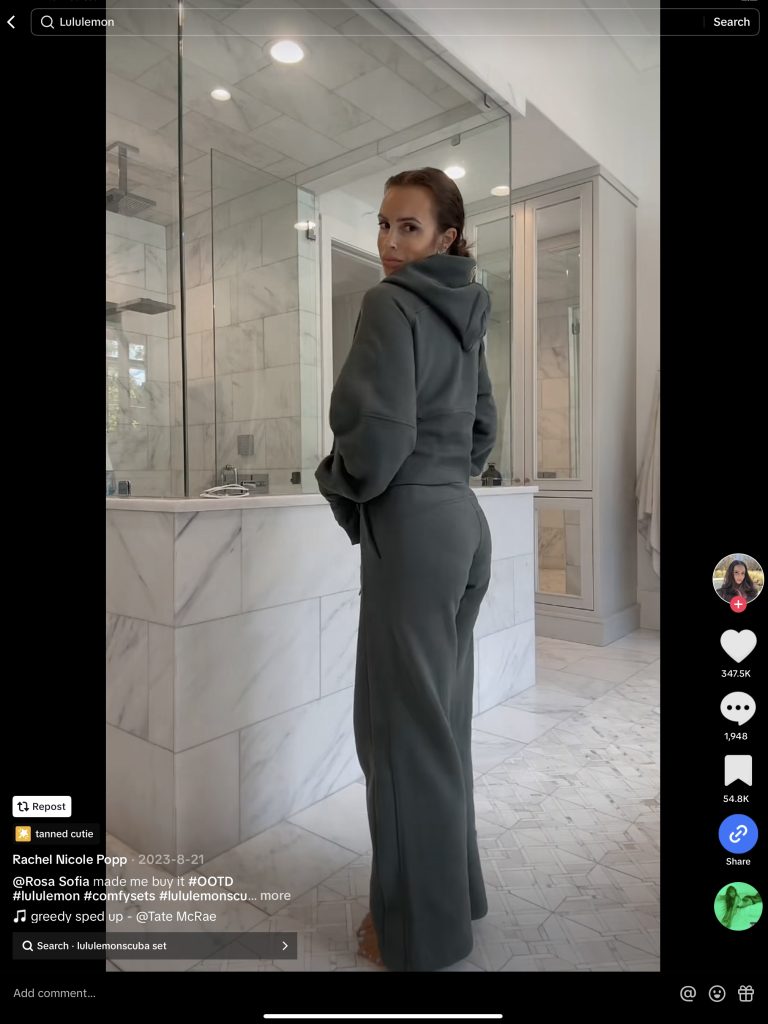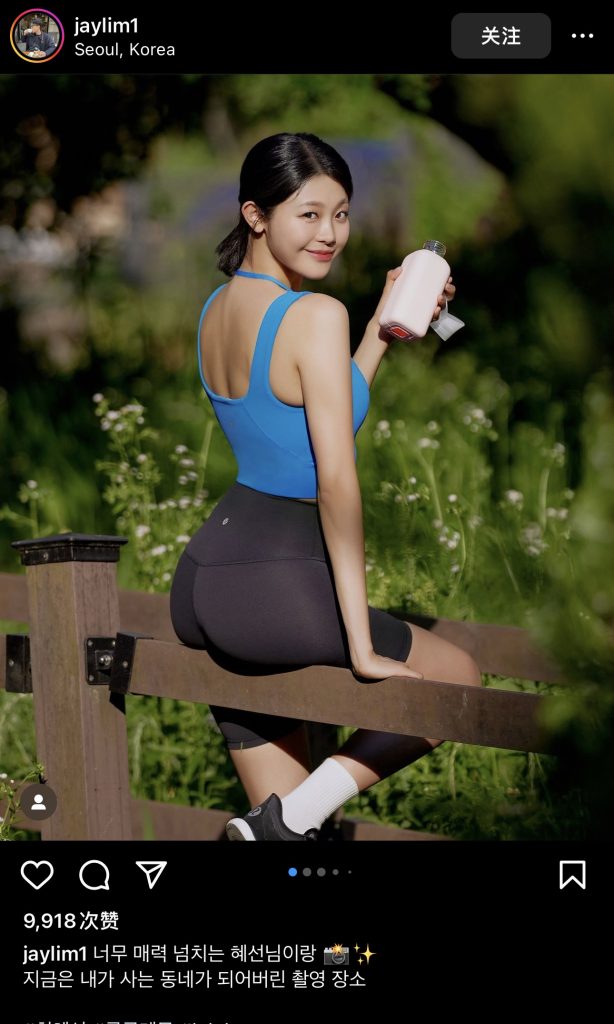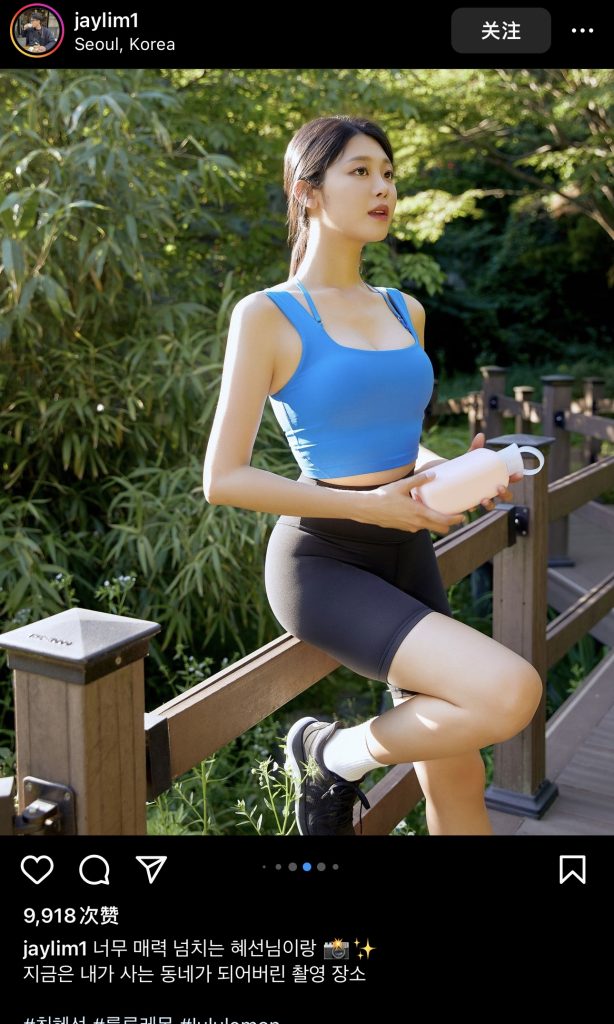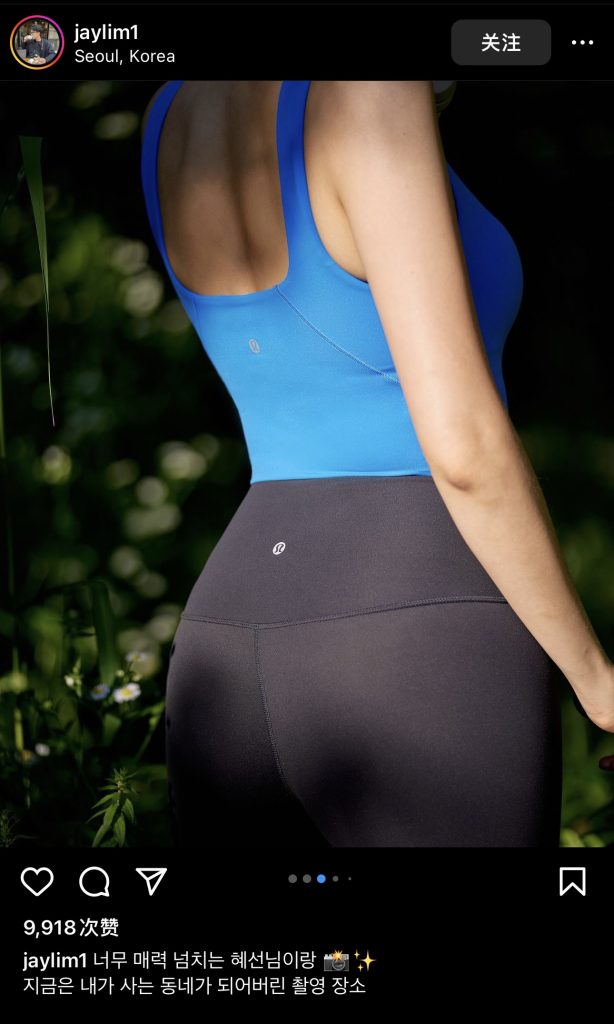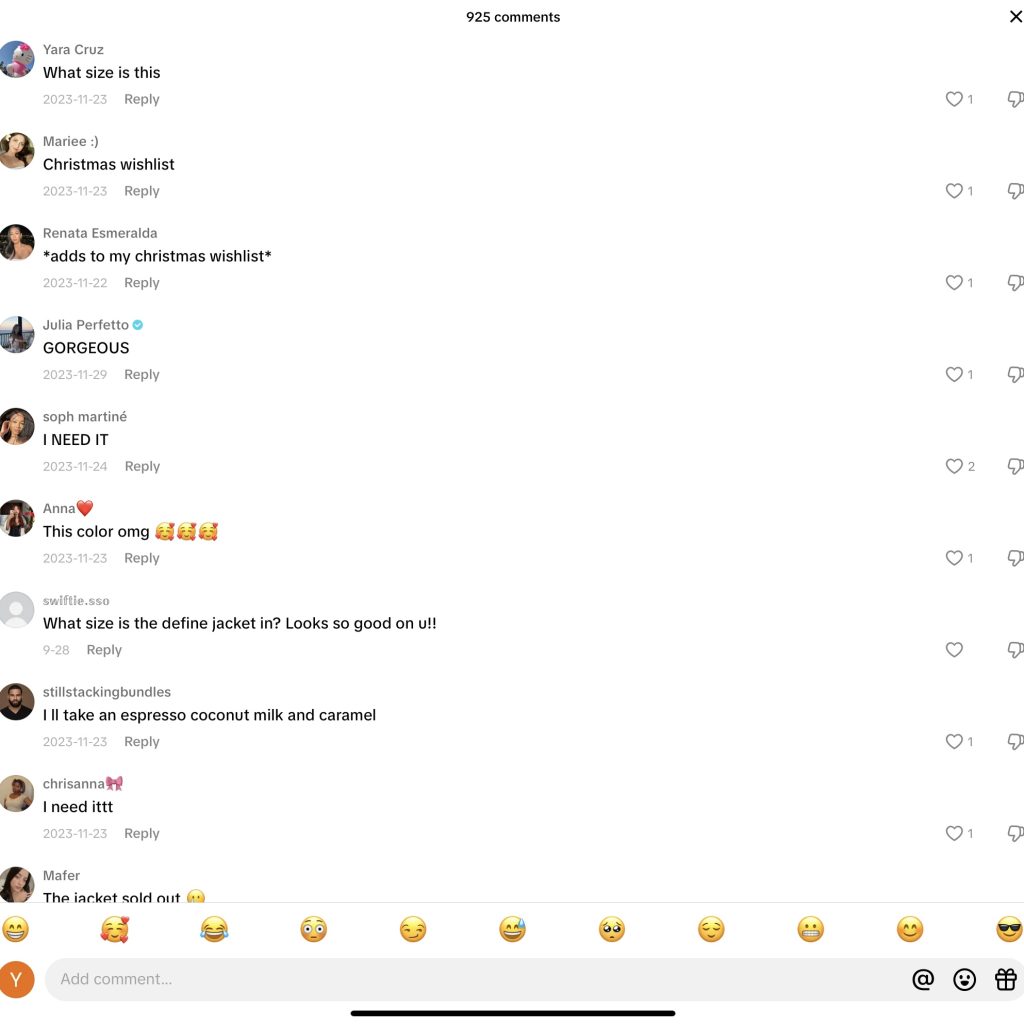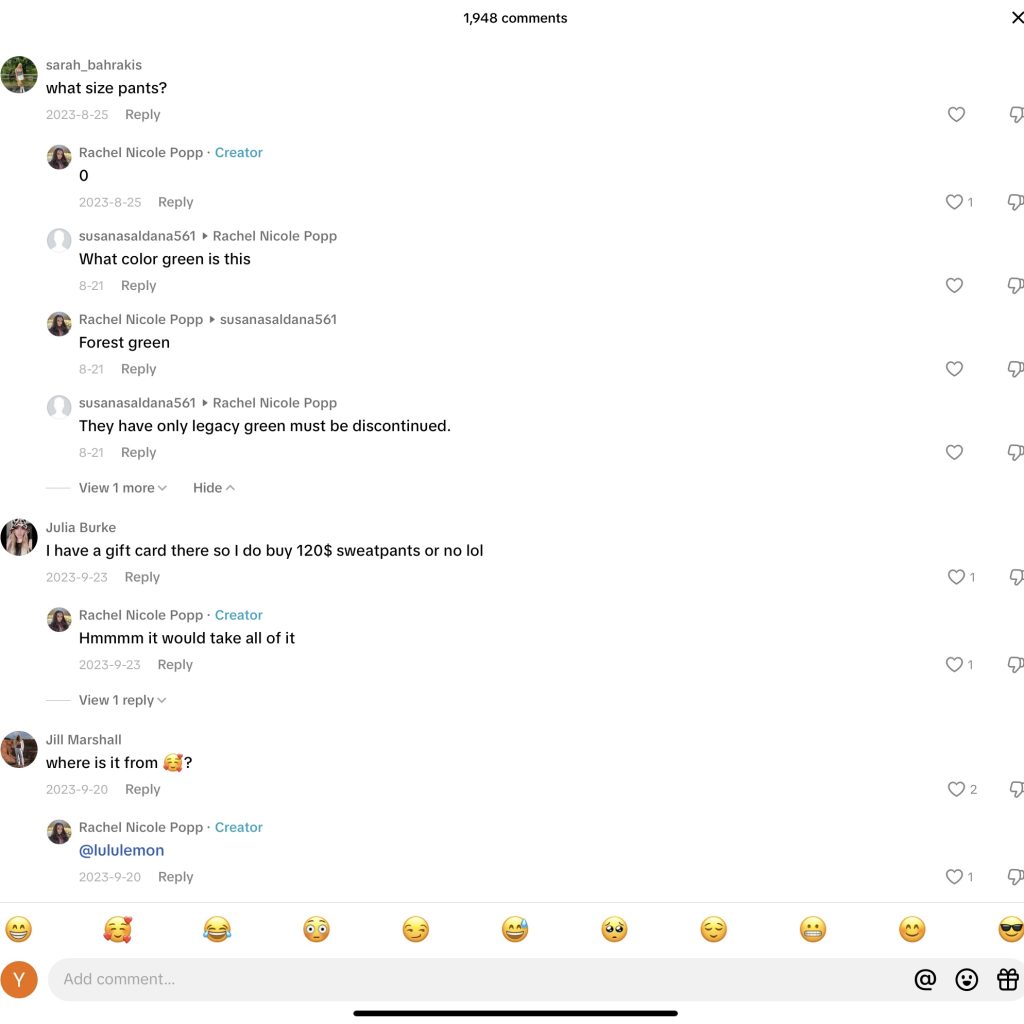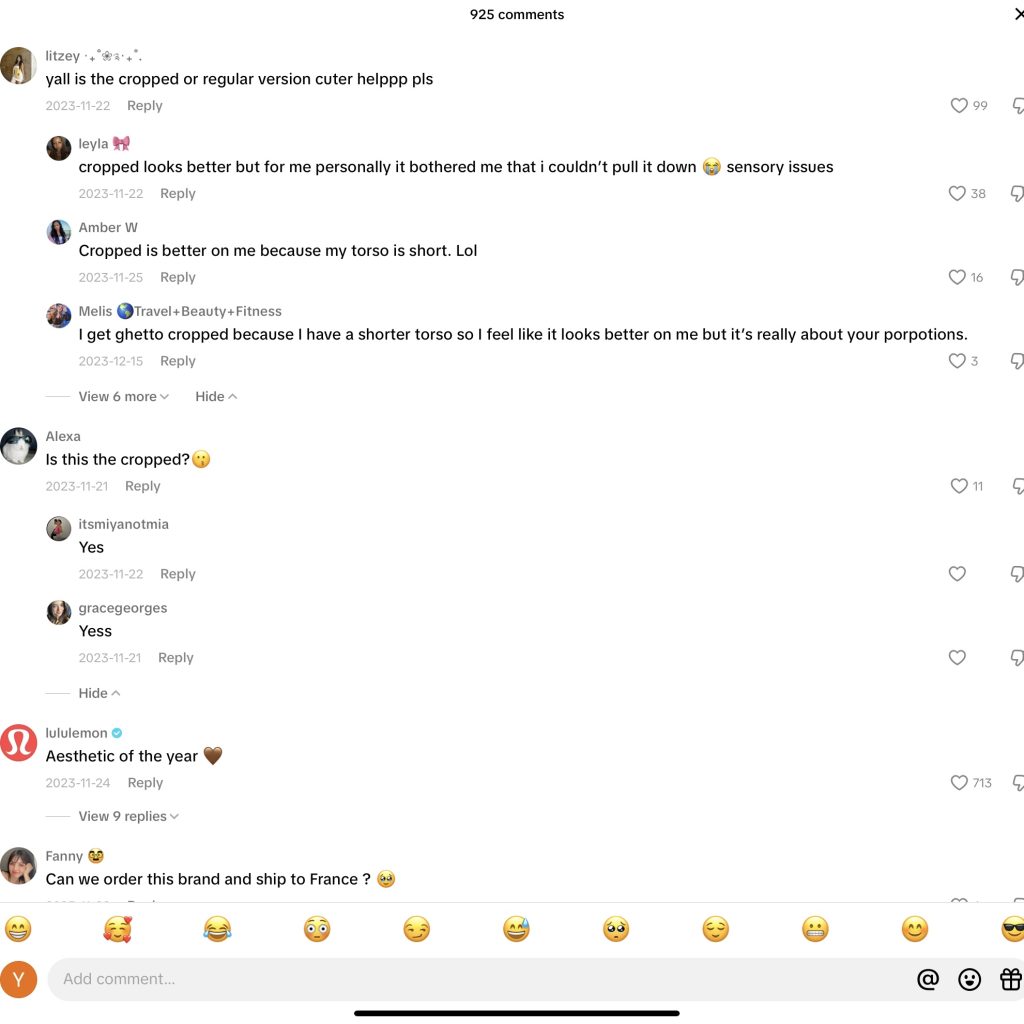In today’s modern marketing, brands need to find a way to effectively spread their message and earn the trust of consumers. Lululemon, which started out as a yoga clothing brand, has successfully expanded its brand presence through a two-tiered communication strategy on social media. This blog will be combined with actual data and charts, in-depth analysis of how Lululemon uses the two-stage communication theory to promote the market.
What is the two-stage communication theory?
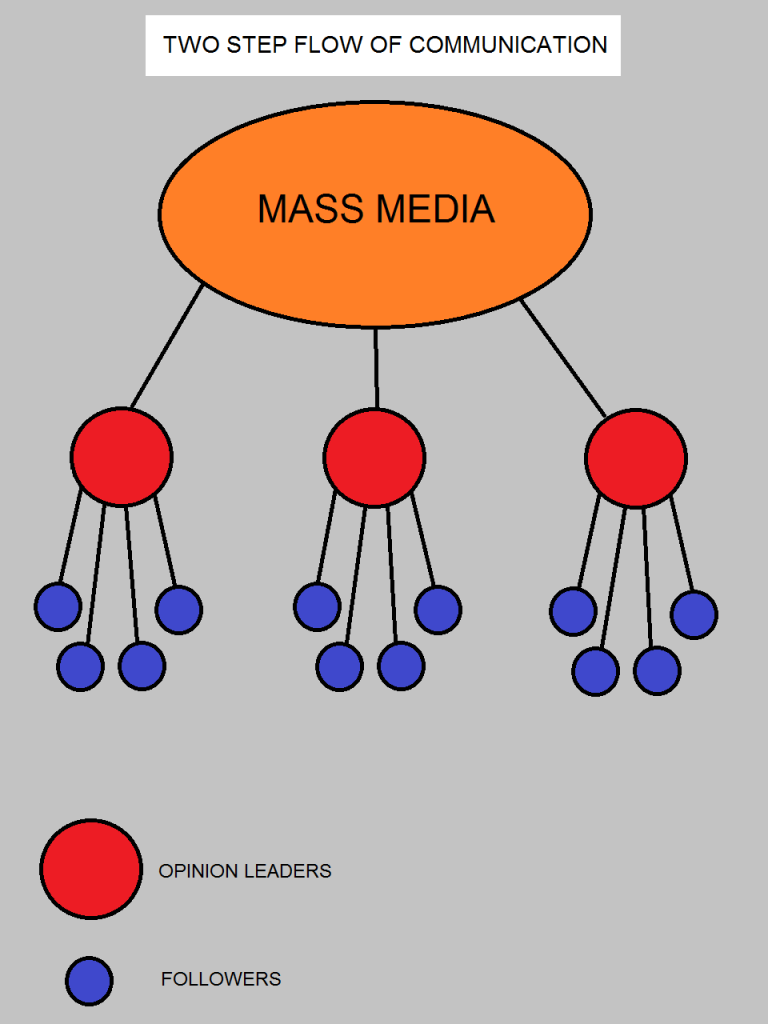
Two-Step Flow Theory holds that most people are not directly influenced by mass media, but interpret media information and contextualize it according to opinion leaders to form their own opinions. The dissemination of information is divided into two stages:
ŌĆó Step: 1: The message goes from the mass media to the opinion leaders. Opinion leaders (Kols) are those who are initially exposed to specific media content and have a strong influence, who take the initiative to obtain information, and filter, interpret, and absorb it according to their own views.
ŌĆó Step 2: Opinion leaders then pass on the information to their social circle, who begin to infiltrate these views by ordinary people who become “opinion followers.” Such information is transmitted to a wider audience through social media, word of mouth and other channels of opinion leaders, thus affecting consumers’ attitudes and decisions.
Ķ┐Öõ║øŌĆ£µäÅĶ¦üķóåĶó¢ŌĆصø┤ÕżÜÕ£░ķĆÜĶ┐ćń▓ŠĶŗ▒Õ¬ÆõĮōĶĆīķØ×õĖ╗µĄüÕ¬ÆõĮōĶÄĘÕŠŚÕĮ▒ÕōŹÕŖø’╝īÕ£©Ķ┐ÖõĖ¬Ķ┐ćń©ŗõĖŁ’╝īńżŠõ╝ÜÕĮ▒ÕōŹÕŖøµś»ńö▒ÕÉäõĖ¬ŌĆ£ń▓ŠĶŗ▒Õ¬ÆõĮōŌĆØńŠżõĮōńÜäńÉåÕ┐ĄÕÆīĶ¦éńé╣’╝īõ╗źÕÅŖĶ┐Öõ║øÕ¬ÆõĮōńŠżõĮōńÜäÕ»╣ń½ŗńÉåÕ┐ĄÕÆīĶ¦éńé╣’╝īń╗ōÕÉłÕż¦õ╝ŚÕ¬ÆõĮōõ┐Īµü»ÕłøķĆĀÕÆīĶ░āµĢ┤ńÜä’╝īÕøĀµŁż’╝īĶ┐Öõ║øĶ¦éńé╣ńÜäõĖ╗Õ»╝ÕĮ▒ÕōŹÕŖøõĖ╗Ķ”üµś»ńżŠõ╝ÜĶ»┤µ£ŹŃĆé
Lululemon’s social media marketing strategy
Lululemon works with a large number of Kols worldwide, including fitness instructors, yoga teachers, lifestyle bloggers, and more. These Kols post their experiences and wear of Lululemon products through their social media accounts, attracting a lot of attention and discussion. Lululemon’s strategy is to use the influence of these opinion leaders to spread brand information to target consumers more effectively.
Through these Kols’ sharing, Lululemon’s message quickly spread on social media, sparking a lot of discussion. KOL fans not only watch and like, but also actively discuss the advantages and disadvantages of the product in the comments section. Some fans even began to take the initiative to share their own post-purchase experience to spread the information further.
The advantages of Lululemon’s two-level communication strategy
Lululemon’s two-tiered communication strategy is successful due to its unique advantages on multiple levels.
- High degree of authenticity and credibility
Lululemon delivers brand information to consumers in a more authentic and credible way by cooperating with fitness coaches, yoga teachers, fashion bloggers and other opinion leaders (KOLs). Compared with direct advertising, KOL’s personal experience and recommendation can give consumers a stronger sense of trust, because they often have professional background or personal influence in related fields.
- Accurate target market penetration
By selecting KOLs in different fields, Lululemon can accurately reach all kinds of target consumer groups. For example, through yoga instructors and fitness experts, it can attract consumers who are interested in sports and a healthy life. And through fashion bloggers, Lululemon can attract more young women who like fashion. This accurate market positioning undoubtedly enables the brand to promote products more effectively.
- Enhance brand loyalty
Through cooperation with KOL, Lululemon has not only gained a lot of exposure in promotion again and again, but also established longer-term brand loyalty. When consumers see their favourite KOLs continue to use and recommend Lululemon products, they are more likely to establish an emotional connection with the brand, thus improving the repurchase rate. This long-term emotional relationship is difficult to achieve in traditional advertising.
- Rapid spread and secondary diffusion of information
Under the two-level communication strategy, KOL’s recommended content can get a large number of retweets, likes and discussions in a short time, and then spread rapidly on social media. Each time its content is released, it can bring a large number of secondary dissemination. For example, when they post wearing videos of Lululemon products on Instagram or TikTok, viewers will actively forward and even post their own wearing photos, which enables information to be quickly conveyed to a wider audience.
- Diversified content creation
When working with KOL, Lululemon encourages them to express themselves freely according to their own style and content creation habits. This means that bloggers can integrate products into their daily life in a more natural way, rather than rigid advertisements, which makes the content more attractive. This form of free creation also makes Lululemon’s brand image more diverse and popular.
- Improve marketing efficiency and reduce costs
Through two-level communication, Lululemon can achieve efficient marketing results at a lower cost. Cooperation with KOL not only saves the high cost of traditional advertising, but also can more clearly understand the preferences and needs of consumers through data analysis of social platforms, so as to optimise subsequent marketing strategies.
- Stimulate user-generated content (UGC)
Lululemon’s KOL strategy also brings a lot of user-generated content. Through the guidance of opinion leaders, many consumers will spontaneously share photos and videos of themselves wearing Lululemon products on social media. This kind of content not only improves the exposure of the brand, but also makes the brand image more real and intimate. UGC also provides more references for potential consumers and further promotes sales conversion.
Through this case study, we can see how Lululemon uses the two-stage communication theory to promote its new products. Through cooperation with opinion leaders, Lululemon skillfully uses the influence of KOL to enhance the authenticity of the brand, improve the efficiency of information dissemination, and effectively reach the target market. It not only increases the brand’s exposure, helps it achieve efficient marketing promotion, but also establishes the trust and loyalty of consumers for a long time, and enhances the credibility and influence of the brand. The success of this strategy also provides valuable lessons for other brands in social media marketing.
Reference
Baran, Stanley J.; Davis, Dennis K. (2014). “Theories of Mass Communication: Glossary”. Introduction to Mass Communication. New York City: McGraw-Hill Education. ISBN 978-1285052076 ŌĆō via McGraw-Hill Online Learning Center.
Katz & Lazarsfeld (1955). “Personal Influence”. New York: Free Press.
Kelman, H. (1958)ŃĆéŌĆ£ķĪ║õ╗ÄŃĆüĶ«żÕÉīÕÆīÕåģÕī¢’╝ܵĆüÕ║”ĶĮ¼ÕÅśńÜäõĖēõĖ¬Ķ┐ćń©ŗŌĆØ(PDF)ŃĆéŃĆŖÕå▓ń¬üĶ¦ŻÕå│µØéÕ┐ŚŃĆŗŃĆé
Staubhaar, LaRose, Davenport (2009). Media Now. Belmont, Ca: Wadsworth Cengage Learning. pp. 415ŌĆō416. ISBN 978-0-495-56595-6.
https://vm.tiktok.com/ZGdRd8Tf9/
https://vm.tiktok.com/ZGdReCGTm/
https://www.instagram.com/p/C-AmhvwP2rE/?igsh=NTc4MTIwNjQ2YQ==
https://www.instagram.com/p/DBTZ2pzyL6J/?igsh=NTc4MTIwNjQ2YQ==

